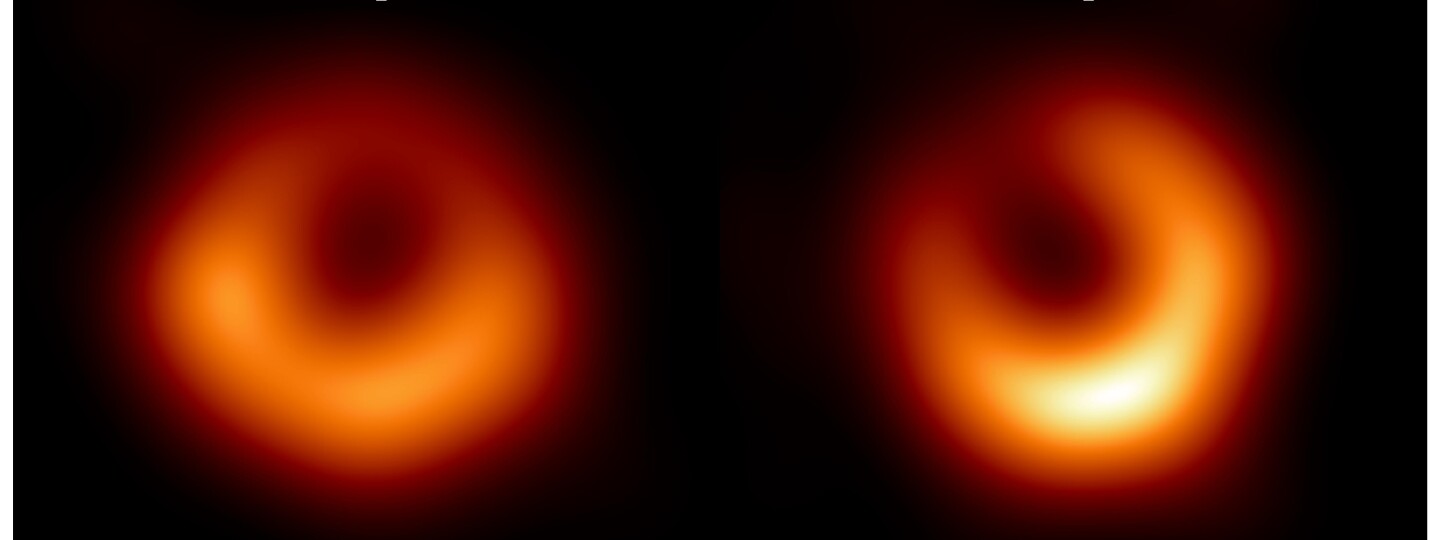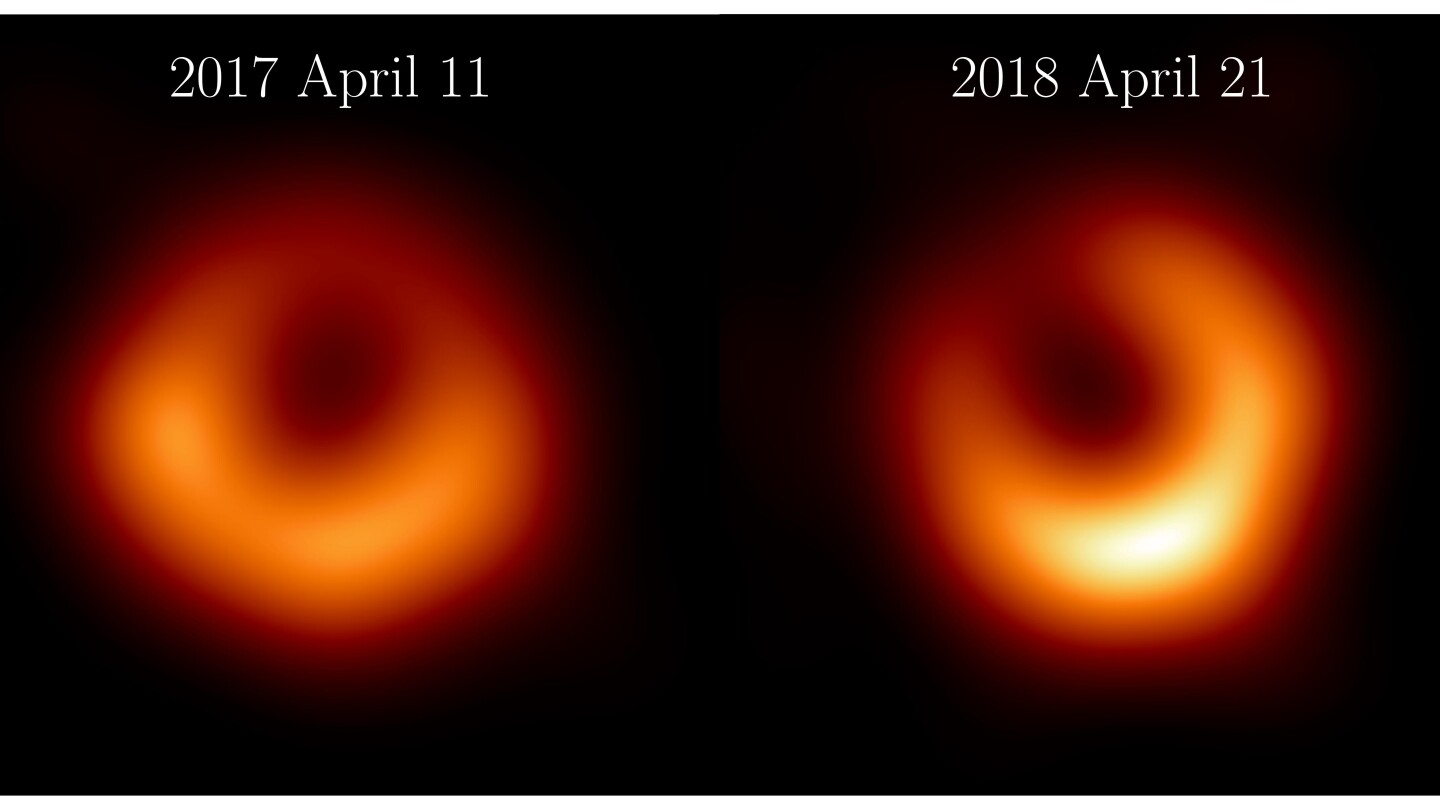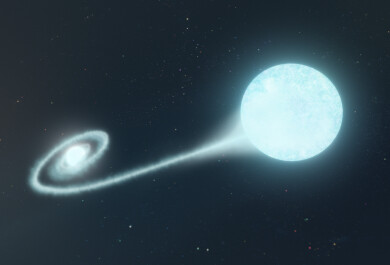The Event Horizon Telescope Collaboration (EHT) has released new images of the supermassive black hole at the centre of the galaxy Messier 87. Researchers from Aalto University and the University of Turku contributed to forming the images from the new observations.
The Event Horizon Telescope researchers published the first image of a black hole and its shadow in 2019, showing a bright ring with a dark circular area in the centre, the shadow of the black hole.
The groundbreaking image showed that the giant galaxy Messier 87 has a supermassive black hole M87* at its centre. The black hole resides 55 million light-years from Earth.
Now, the research team has published a new image of the M87* black hole based on more recent and more precise observations taken in 2018. With the participation of the newly commissioned Greenland Telescope and a dramatically improved recording rate across the array, the 2018 observations give us a view of the source independent from the first observations in 2017.
According to the theory of general relativity, the size of the ring around a black hole depends mainly on the mass of the black hole. Based on this, the researchers assumed that the ring in the new image remains the same.
The new images show the M87* black hole with a bright ring around it, similar to and the same size as the one observed in 2017. This result confirms the research team's earlier breakthrough.
“A fundamental requirement of science is to be able to reproduce results,” says Dr. Keiichi Asada, an associate research fellow at Academia Sinica Institute for Astronomy and Astrophysics in Taiwan. “Confirmation of the ring in a completely new data set is a huge milestone for our collaboration and a strong indication that we are looking at a black hole shadow and the material orbiting around it.”
The image now released confirms the original findings, but there are also small differences between the images.
"The brightness peak at the bottom of the ring has shifted by about 30 degrees. This observation supports our idea that there is a turbulent, magnetized accretion flow around the black hole, variations of which are causing the location of the brightness peak to fluctuate between the observations," says Tuomas Savolainen of Aalto University, who was involved in the study.
Researchers from Aalto University and the University of Turku participated in the calibration and analysis of the EHT data and contributed to forming the images from the new observational data.
"We used both traditional algorithms and new methods based on statistical analysis to create the images. When using the new statistical methods, we also made use of the CSC supercomputers to generate the images. The computing time used was equivalent to a thousand years on a single laptop computer," says Kaj Wiik from the University of Turku.
Venkatessh Ramakrishnan from the Finnish ESO Centre also participated in the study. The EHT collaboration involves more than 300 researchers from around the world. The international collaboration is working to capture the most detailed black hole images ever by creating a virtual Earth-sized telescope.
The study is published in the journal Astronomy & Astrophysics.



